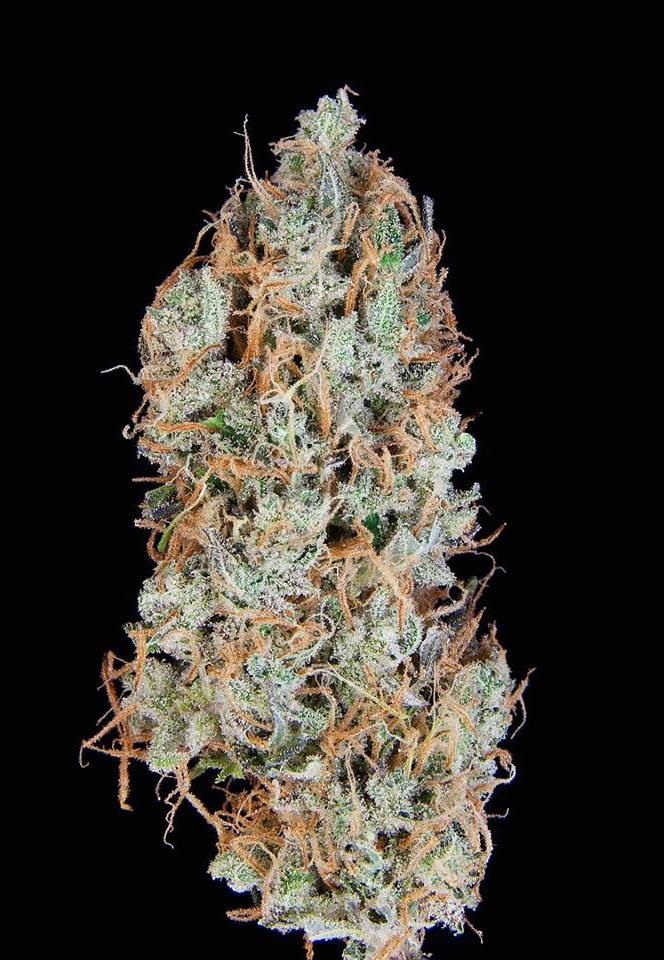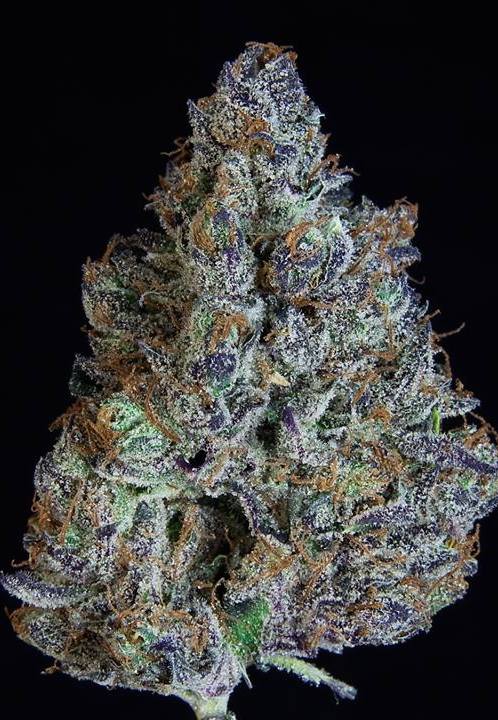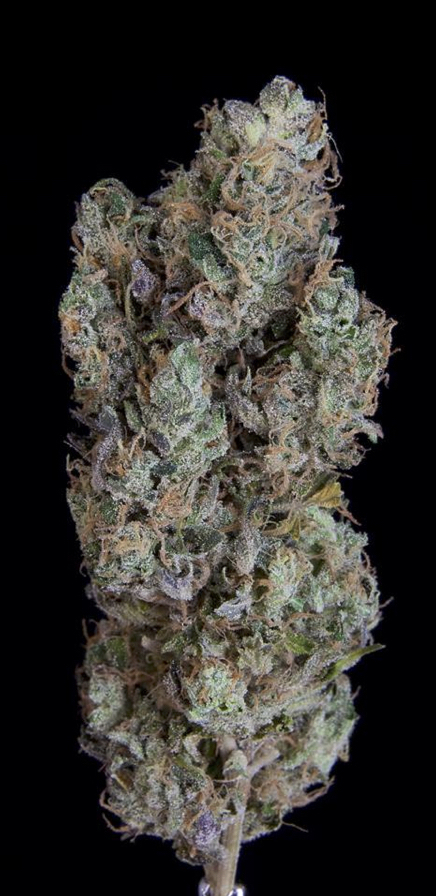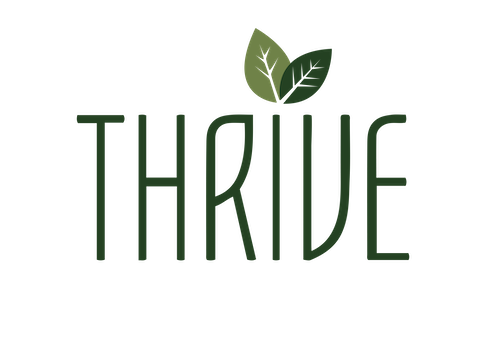ABOUT MEDICINE
DISTICTION BETWEEN MEDICINE TYPES
There are three main types of cannabis: sativa, indica and hybrids.
They have distinctive differences in their effects.
SATIVA
- Sativas generally produce more energetic, uplifting, and cerebral effects.
- They are a good choice if you need to medicate during the day and stay alert.
- They provide pain relieving effects without making you tired.
- For some people however, they can produce anxiety and may not be an effective treatment for those patients.
Generally, the sativa plant is the taller and lankier variety, reaching heights of over 5-6 meters. It is characterized by narrow serrated leaves and loose spear-like flower clusters that can be extremely resinous. Primarily, the effects of sativas are on the mind and emotions.
In this regard, they tend to be more stimulating, uplifting, energizing, and creativity enhancing. These benefits can be particularly helpful for the psychological component of many illnesses. Sativas are generally better for daytime use.

SATIVA FLOWER
INDICA
- Indicas generally produce more sedating, calming, and bodily relaxation effects.
- They are a good choice for those with strong chronic pain and insomnia.
- The pain relieving properties are felt more directly in the body.
- For some patients, Indicas can make them feel lazy and would not be recommended for day time use.
Indica plants are normally shorter and stockier plants, reaching 1-2 meters in height with wide, deeply serrated leaves and compact and dense flower cluster.
The effects of indicas are predominantly physical, although the relief of certain physical symptoms can have emotional results as well.
These effects can be characterized as relaxing, sedating, and pain reducing. Indicas are generally best for later in the day and before bed.

INDICA FLOWER
HYBRIDS
- Hybrids are cannabis plants that have been cross bred with various combinations of indica, sativa, or other types of cannabis.
- You could have an even 50% sativa/50% indica hybrid, or you could have plants that are sativa dominant or indica dominant. These hybrids combine effects between the two varieties.
- For example, a sativa dominant hybrid might be uplifting and give a patient good focus, but still retain strong body relaxation effects like an indica.
- Almost all common varieties of cannabis are a hybrid of some sort.
- Especially difficult to find are pure sativas, as most of them have been hybridized to grow more easily indoors.
- Sativas can reach 12 ft in height or more when grown outdoors.
Strain crosses, or hybrids, are the result of cross-pollination of various strains.
The characteristics, and hence the effects, of one strain will usually be dominant.
For example, indica-dominant crosses are good for pain relief, with the sativa component helping with energy, and activity levels.
Sativa-dominant crosses are good for stimulating appetite, with the indica component helping to reduce body pain and increase relaxation.

HYBRID FLOWER
MAIN CONSTITUENTS OF CANNABIS
There are two main types of cannabis: sativa and indica. They have distinctive differences in their effects.

THC (Tetrahydrocannabinol)
THC is the main psychoactive compound found in cannabis. Almost all cannabis is dominated by this compound. THC has mild to moderate analgesic effects.
Other effects include relaxation, alteration of visual, auditory, and olfactory senses, fatigue, and appetite stimulation. THC has marked anti-emetic (anti-nausea and vomiting) properties as well as mild antioxidant activity sufficient to protect neurons against oxidative stress.

CBD (Cannabidiol)
CBD is usually the second most common compound found in cannabis. This compound was discovered more recently than THC and shows great therapeutic promise. It has displayed a sedative effects in some animal tests and also conversely, other studies indicate that CBD can increase alertness. It has been shown to relieve convulsion, inflammation, anxiety, and nausea, as well as inhibit cancer cell growth.
Recent studies have shown CBD to be as effective as atypical anti-psychotics in treating schizophrenia. Studies have also shown that it may relieve symptoms of dystonia. CBD has no psychoactive effect. In fact, it reduces the ‘high’ associated with the more common type of THC saturated cannabis. Medicine that is high in CBD, and low in THC is ideal for patients that are looking for therapeutic effects with little to no psychoactive properties.


CANNABINOID FAMILY
The cannabis plant can be traced back 12,000 years, when it first originated in Central Asia near Mongolia.
Traces of cannabis have been discovered in ancient burial grounds in Siberia, in the tombs of Chinese nobles, on royal Egyptian mummies, and on the remains of Viking ships.
There is evidence from around the world that cannabis was used not only for industrial purposes, but also medicinal.
CANNABIS DOSAGE, POTENCY, & TOLERANCE
DOSAGE
Smoking cannabis effects can be felt almost instantly. Tinctures are slightly slower to take effect than inhalation methods; they start to take effect in five minutes or less. Eating cannabis infused foods or capsules is the slowest method of medicating with cannabis but it provides longer lasting effects than other methods.
The effects of ingested cannabis may take from 30 minutes to longer than an hour to be noticeable, and may maintain peak intensity for one to two hours before gradually diminishing over several hours. The effects imparted by eating cannabis are also pharmacologically different from those produced by other intake methods, because THC is converted to 11-hydroxyl-THC in the liver when cannabis is eaten.
When using any cannabis preparation start with a small quantity, wait the proper amount of time for the effects to take place, and then take more if necessary. Dosage determination is most easily accomplished using inhalation and tincture methods. It is more difficult to determine ingestion dosage than inhalation or tincture dosage, because the onset of effects is much less rapid with ingestion.
The amount of food and type of food in the digestive tract also play roles in determining effective ingestion dosage, further complicating the task. Whatever the method of intake, a lethal overdose of cannabis cannot be achieved. Overdosing on cannabis may produce unpleasant feelings such as drowsiness or anxiety, but users experiencing such feelings should stay calm and wait for the effects of cannabis to diminish.
Users who fear the possibility of unpleasant feelings from an overdose may wish to avoid cannabis edibles, as eating cannabis is the most likely intake method to cause an overdose.
POTENCY
All of the varieties that Applicant will offer are high, medium and low potent*. This is a Applicant policy for several reasons. One reason is high potency will save caretakers money by allowing them to use less medicine.
Another reason is highly potent varieties are healthier for those who choose to smoke their medicine, because less plant material must be smoked to get the same dose of active compounds.
We will also only offer highly potent varieties, as this will aid in simplifying the caretaker’s task of choosing the right varieties for their individual needs.
One last reason for this policy is that it will help caretakers determine the appropriate dosage of each variety. *Each variety we offer is of different potency and has unique medicinal effects.
TOLERANCE
Heavy cannabis use will, over time, result in lowered sensitivity to the drug. However, most patients lose side effects over time, not medicinal efficacy.
To avoid gaining tolerance to cannabis, patients should try different varieties of cannabis and different intake methods.
IMPAIRMENT
Marijuana is one of the safest medicines: it is impossible to consume enough to produce a toxic effect in the body. However, if you are unfamiliar with it, there are some effects, which you should be aware of so that you can use it more effectively.
UNEASINESS
Marijuana usually has a soothing and comforting effect on the mind. Sometimes, however, people do experience feelings of anxiety. If this happens to you, there are several things you can do.
Try to stay in environments where you feel naturally comfortable. If you feel anxious, sit or lay down, breathe deeply, and relax. If you have loved ones with you, hold each other for a while. If you have a pet, hold or stroke it.
Eating will often quickly reduce the feeling of anxiety. Then, the next time you use it, try reducing your dosage. Because of our social training, you may have feelings of guilt. Know that you have a right to your medicine.
DROWSINESS
If marijuana makes you sleepy, take a nap if you can and wish to. As with all medicines that can produce drowsiness, don’t drive or operate heavy machinery.
TROUBLE SLEEPING
If you find that you can’t sleep for a while after using marijuana, try reducing your dosage and avoid using it for about two hours or so before you want to sleep.
COGNITIVE IMPAIRMENT
Sometimes people find it difficult to carry on a complicated conversation, keep track of details, or perform complex tasks. If this happens to you, schedule your time so that you don’t have to do these things when using your medicine.
GIGGLING
Many people find that things which normally don’t seem funny become quite amusing when they use marijuana. Most people enjoy this effect. If you must deal with situations where humor would be inappropriate in your judgment, schedule your time so that you don’t have to deal with them when you are taking your medicine.
